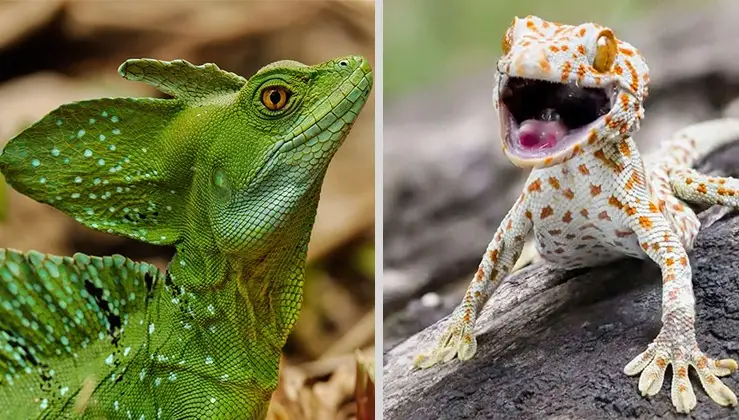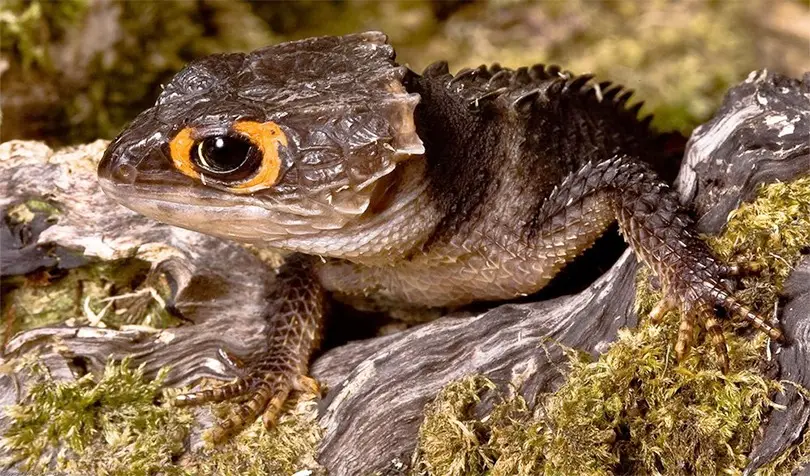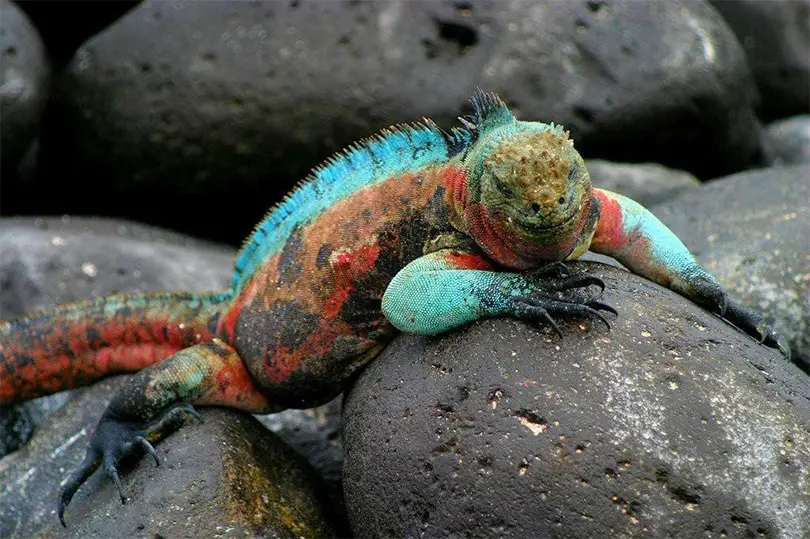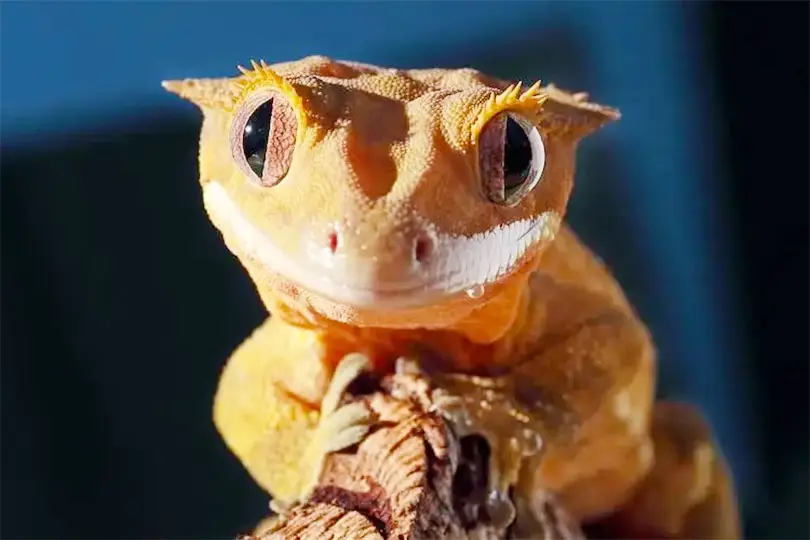
Lizards: Diverse and Ancient Reptiles
Lizards, closely related to snakes, are among the most commonly observed reptiles. Their lineage traces back over 200 million years to the dinosaur era, resulting in a diverse array of species found across the globe. Characterized by small heads, short necks, and long bodies and tails, most lizards possess movable eyelids, a trait that distinguishes them from snakes. The vast lizard family includes over 4,675 species, encompassing well-known groups like iguanas, chameleons, geckos, Gila monsters, monitors, and skinks.

Highlighting Some of the Cutest Species
Among the vast diversity of lizards, several species stand out for their particularly endearing qualities. These include:
- Red-Eyed Crocodile Skink (Tribolonotus gracilis): Native to New Guinea’s rainforests, these small skinks have dark bodies contrasted by vibrant orange rings around their eyes, creating a striking and almost fantastical appearance.
- Crested Gecko (Correlophus ciliatus): Originating from New Caledonia, these arboreal geckos possess frog-like toes, small bodies, and prehensile tails, contributing to their undeniable charm.
- Panther Chameleon (Furcifer pardalis): Found in Madagascar, these chameleons are renowned for their vibrant colors and ability to change hues. Their small eyes and long, swift tongues add to their captivating appearance.

- Leopard Gecko (Eublepharis macularius): These docile and friendly geckos are often considered the “smiling” lizards. Their large eyes and varied color patterns make them exceptionally appealing, even to those who aren’t typically fond of reptiles.
- Armadillo Girdled Lizard (Ouroborus cataphractus): Inhabiting desert regions of South Africa, these lizards have a unique defense mechanism: they curl into a ball, exposing their spiky backs to deter predators.
- Flying Gecko: These Southeast Asian geckos have flaps of skin on their sides and webbed feet, allowing them to glide through the air, adding to their unique charm.
- Blue Crested Lizard (Calotes mystaceus): Found across Asia, these lizards have tiny facial features and small spikes, adding to their unique look.
- Madagascar Day Gecko (Phelsuma madagascariensis madagascariensis): These diurnal geckos have bright green bodies with orange markings and a facial structure that gives them a perpetual “smile.”
- Desert Horned Lizard (Phrynosoma platyrhinos): Inhabiting North American deserts, these lizards are often called “horny toads” due to their flattened bodies, small eyes, and tiny spikes.
- Common House Gecko (Hemidactylus frenatus): These geckos are found across Asia and the Pacific, and are known for their nocturnal habits and characteristic chirping sounds.
- Maned Forest Lizard (Bronchocela jubata): These lizards, found in Southeast Asia, are known for the crests on their heads and backs.
Adaptations and Behaviors

Lizards exhibit a wide range of adaptations to suit their diverse habitats. Marine iguanas, for example, are the only lizards that forage in the ocean, having developed specialized salt glands to expel excess salt. Other lizards, like the armadillo girdled lizard and the thorny dragon, possess unique defense mechanisms to protect themselves from predators.
Conservation Concerns

While many lizard species thrive, some, like the rhinoceros iguana, face threats such as habitat loss and endangerment. Conservation efforts are crucial to protecting these fascinating creatures and ensuring their survival for generations to come.















